Prošlog vikenda, putovao sam do Bosne i Hercegovine s prijateljima posjetiti Sarajevo i Mostar. Sarajevo je glavni grad Bosne i Mostar je glavni grad Hercegovine ali oba se nalaze u istoj državi: Bosni i Hercegovini. U ovoj reportaži, opisat ću kako mi je bilo u Sarajevu, kako mi je bilo u Mostaru i što sam naučio o jezicima kroz ovi putovanje.
Sarajevo je divan grad, pun kulture. Vrlo zanimljiva stvar u vezi sa Sarajevom je da se centar sastoji od dva dijela: jedan dio sa istočnim utjecajima, a drugi sa zapadnim. Išli smo u šetnju starim gradom i otkrili da ima dva djelova jer u jednom periodu, Bosna i Hercegovina je bila pod Osmanskim Carstvom a u narednom periodu, pod Austro-Ugarskom. Zbog toga postoji različite vrste arhitekture po gradom, fakat mi je zanimljivo.
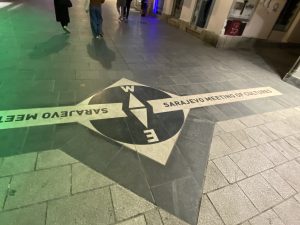
Također, prije devetdesetih, Bosna i Hercegovina je bila dio Jugoslavije. U Jugoslaviji postajali su šest republike: Hrvatska, Slovenija, Srbija, Bosna i Hercegovina, Macedonija i Crna Gora. Nažalost, bilo je rat i ova država je raspala. Što me stvarno zanima je kako svaka zemlja koja je ila dio Jugoslavije prikazaje svoju povijest. U Sarajevo, otvoreni su o ratu i što se sve deselo.
Posjetili smo muzej se zove Galerija 11/07/95, u tome smo učili o genocidu u Srebrenici tijekom rata. Bilo mi je jako teško i tužno naučiti o tome ali mislim da je baš bitno da ne zaboravimo kako izgleda genocida – svi znamo da Oni koji ne pamte prošlost osuđeni su da je ponavljaju.

U svjetlijoj noti, Sarajevo ima prekrasan zalazak sunca. Išli smo gledati sa žute tvrđave, ako se ikad nađete u Sarajevu, podsjećam da gledate zalazak sunca!
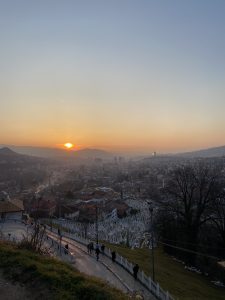
Nakon dva dana u Sarajevu, išli smo autobusom do Mostara samo dva i pol sata putovanja. Mostar je također divan grad, manje je od Sarajeva ali ima svoj čar. Samo smo bili jedan dan u Mostaru ali se šetali smo starim gradom s vodićem koji je nas dao odlične priče o Mostaru.
Nisam znao da stari grad je takav novi, vodič nam je rekao da je stari grad star samo 20 godina jer je obnovljen nakon rata, UNESCO je platio za sve i što je fakat zanimljivo je da izvan starog grada, postoje stare, napuštene zgrade iz rata koje nisu obnovljene jer nisu dio UNESCO zone.
Mislim da je najpoznatija ikona mostara stari most. Vodič nam je rekao da predstavlja jedinstvo Bosne i Hercegovine u multietničkom smislu, to mi je jako drago.
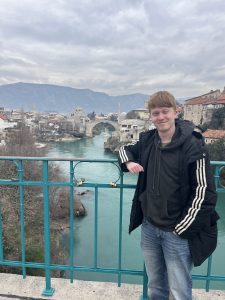
Što se tiče jezik, bosanski jezik je stvarno sličan hrvatskom. Zapravo, većina ljuda koje smo upoznali su zvali jezik ‘naš jezik’ umjesto ‘bosanski’ ili ‘hrvatski’. Razlog tome je jer da tijekom vremena jugoslavije, svi su pričali isti jezik se zove sprskohrvatski i sad nakon rata, svaka država koja je bila dio jugoslavije ima svoj jezik iako su srpski, bosanski, crnogorski i hrvatski jako slični. Zbog toga, nitko ne zna u kojim jezik ljudi govore pa zovu ‘naš jezik’.
Dakle, baš sam sretan da sam posjetio Bosnu i Hercegovinu jer sam otkrio koliko su jezici u balkanskoj regiji slični. Mislim da razlika izmedu amerikanskog engleskog i britanskog engleskog je dobar primjer opisati razlika izmedu bosanskog i hrvatskog.
Last weekend, I traveled to Bosnia and Herzegovina with my friends to visit Sarajevo and Mostar. Sarajevo is the capital of Bosnia, and Mostar is the main city of Herzegovina, but both are part of the same country—Bosnia and Herzegovina. In this report, I will describe my experience in Sarajevo, my experience in Mostar, and what I learned about languages through this trip.
Sarajevo is a wonderful city, full of culture. A very interesting thing about Sarajevo is that its center consists of two parts: one with Eastern influences and the other with Western influences. We walked through the old town and discovered that it has two sections because, at one point, Bosnia and Herzegovina was under the Ottoman Empire, and later, under the Austro-Hungarian Empire. Because of this, there are different types of architecture throughout the city, which I found fascinating.
Also, before the 1990s, Bosnia and Herzegovina was part of Yugoslavia. In Yugoslavia, there were six republics: Croatia, Slovenia, Serbia, Bosnia and Herzegovina, Macedonia, and Montenegro. Unfortunately, there was a war, and the country fell apart. What really interests me is how each country that was once part of Yugoslavia presents its history. In Sarajevo, people are open about the war and what happened.
We visited a museum called Gallery 11/07/95, where we learned about the genocide in Srebrenica during the war. It was very difficult and heartbreaking to learn about, but I think it is extremely important not to forget what genocide looks like—we all know that those who learn from the past are doomed to repeat it.
On a brighter note, Sarajevo has a stunning sunset. We went to watch it from the Yellow Fortress. If you ever find yourself in Sarajevo, I highly recommend watching the sunset from there!
After two days in Sarajevo, we took a bus to Mostar, which was only a two-and-a-half-hour journey. Mostar is also a beautiful city—smaller than Sarajevo but with its own charm. We only spent one day in Mostar, but we walked around the old town with a guide who told us amazing stories about the city.
I didn’t know that the old town was so new—our guide told us that it is only about 20 years old because it was rebuilt after the war. UNESCO funded the reconstruction, and what is really interesting is that outside the old town, there are still abandoned buildings from the war that have not been rebuilt because they are not part of the UNESCO zone.
I think the most famous symbol of Mostar is the Stari Most (Old Bridge). Our guide told us that it represents the unity of Bosnia and Herzegovina in a multiethnic sense, which I found very moving.
When it comes to language, the Bosnian language is very similar to Croatian. In fact, most people we met referred to the language as “our language” instead of “Bosnian” or “Croatian.” The reason for this is that during the time of Yugoslavia, everyone spoke the same language, called Serbo-Croatian. Now, after the war, each country that was part of Yugoslavia has its own official language, even though Serbian, Bosnian, Montenegrin, and Croatian are very similar. Because of this, no one knows exactly which language people are speaking, so they simply call it “our language.”
I’m really happy that I visited Bosnia and Herzegovina because I discovered how similar the languages of the Balkan region are. I think the difference between American and British English is a good example to describe the difference between Bosnian and Croatian.
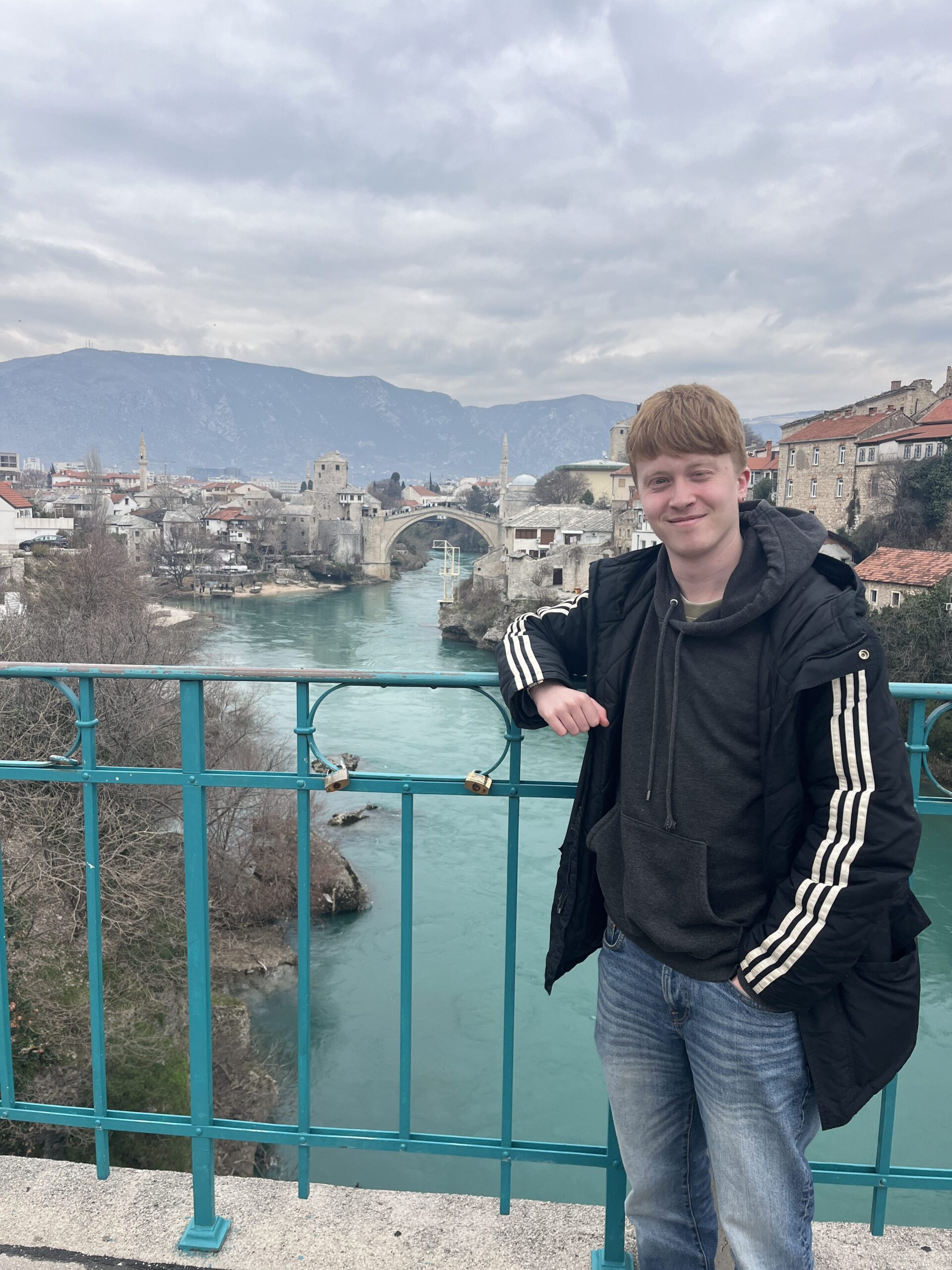
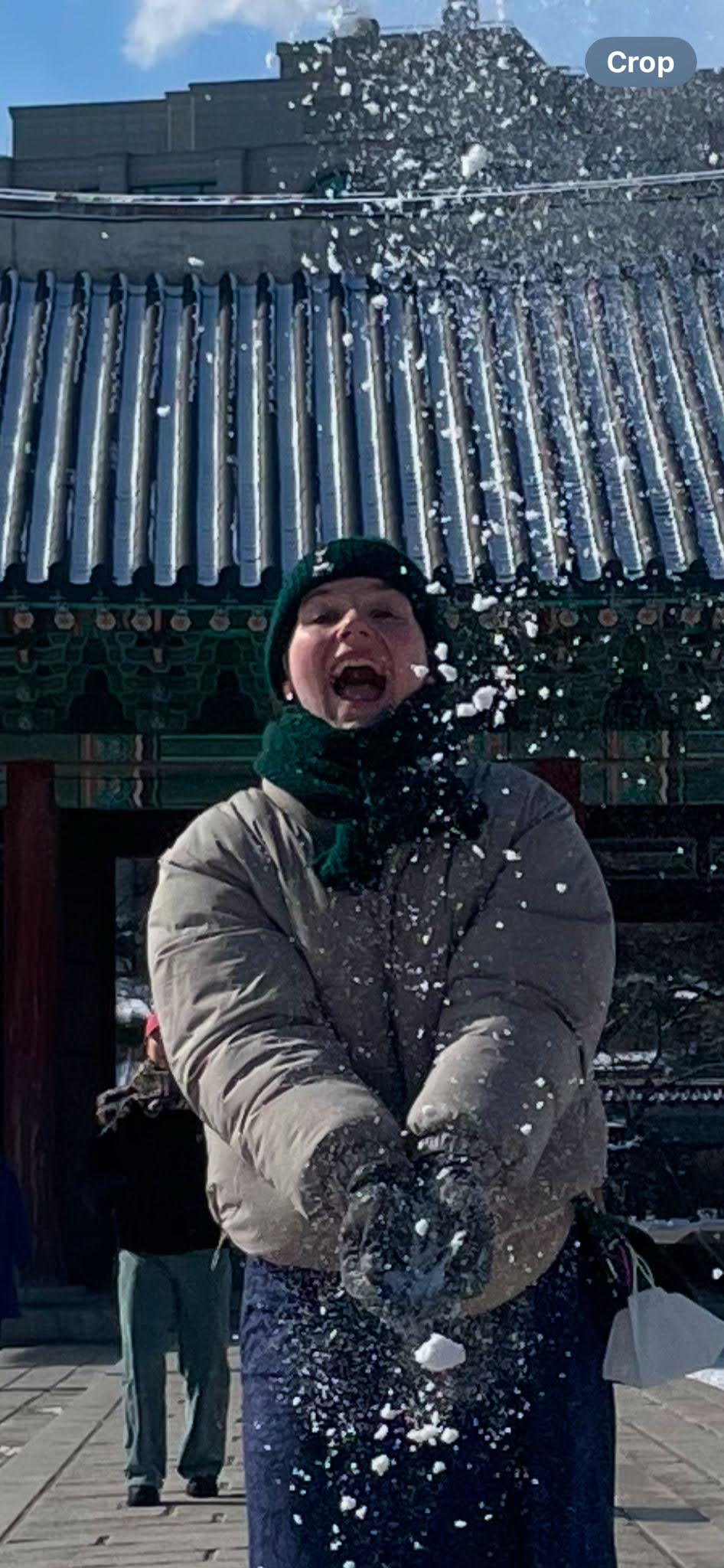
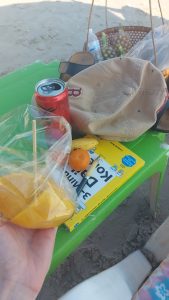
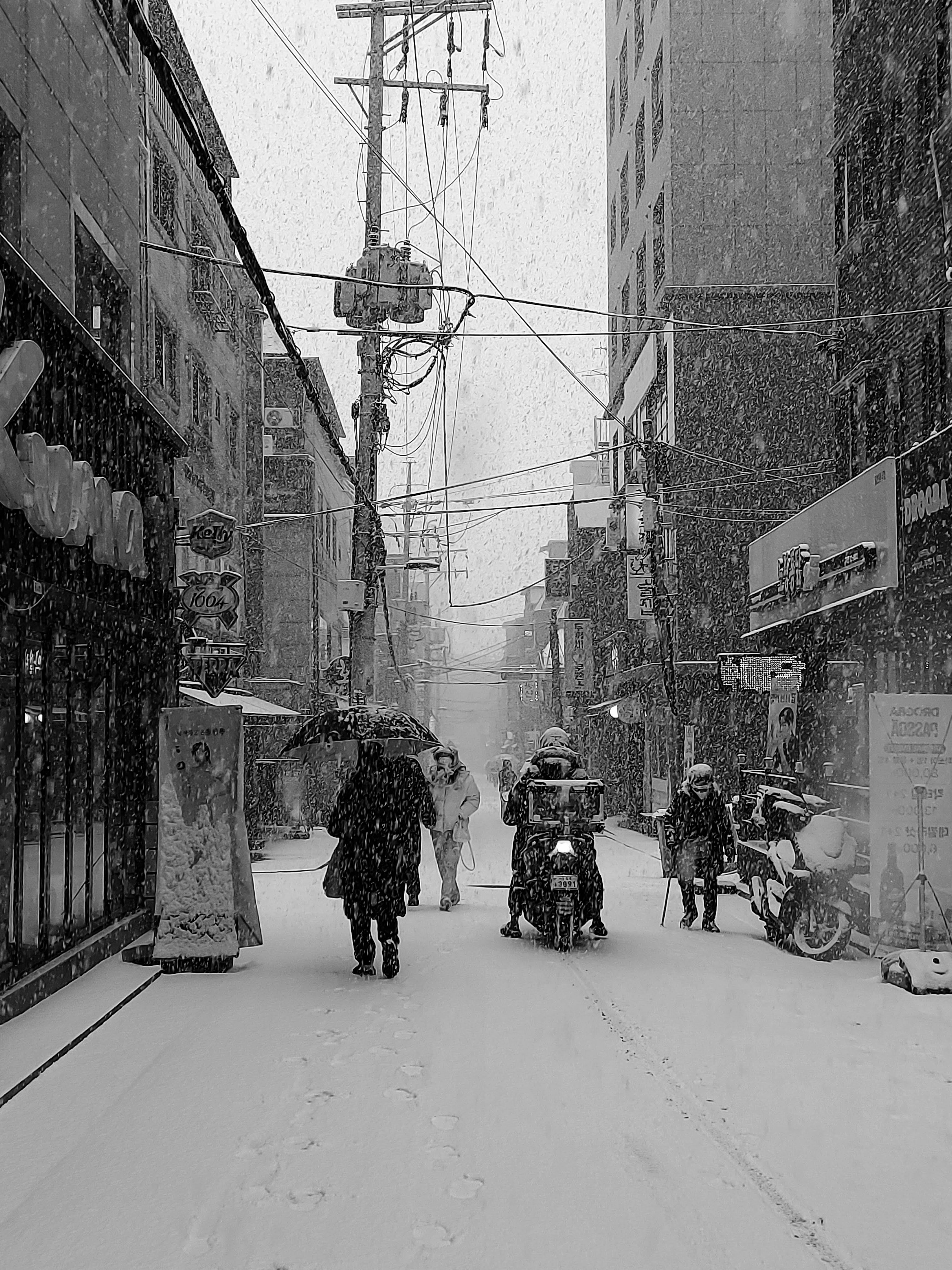
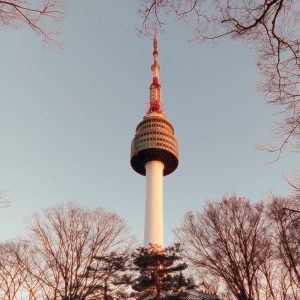
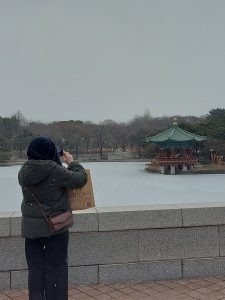
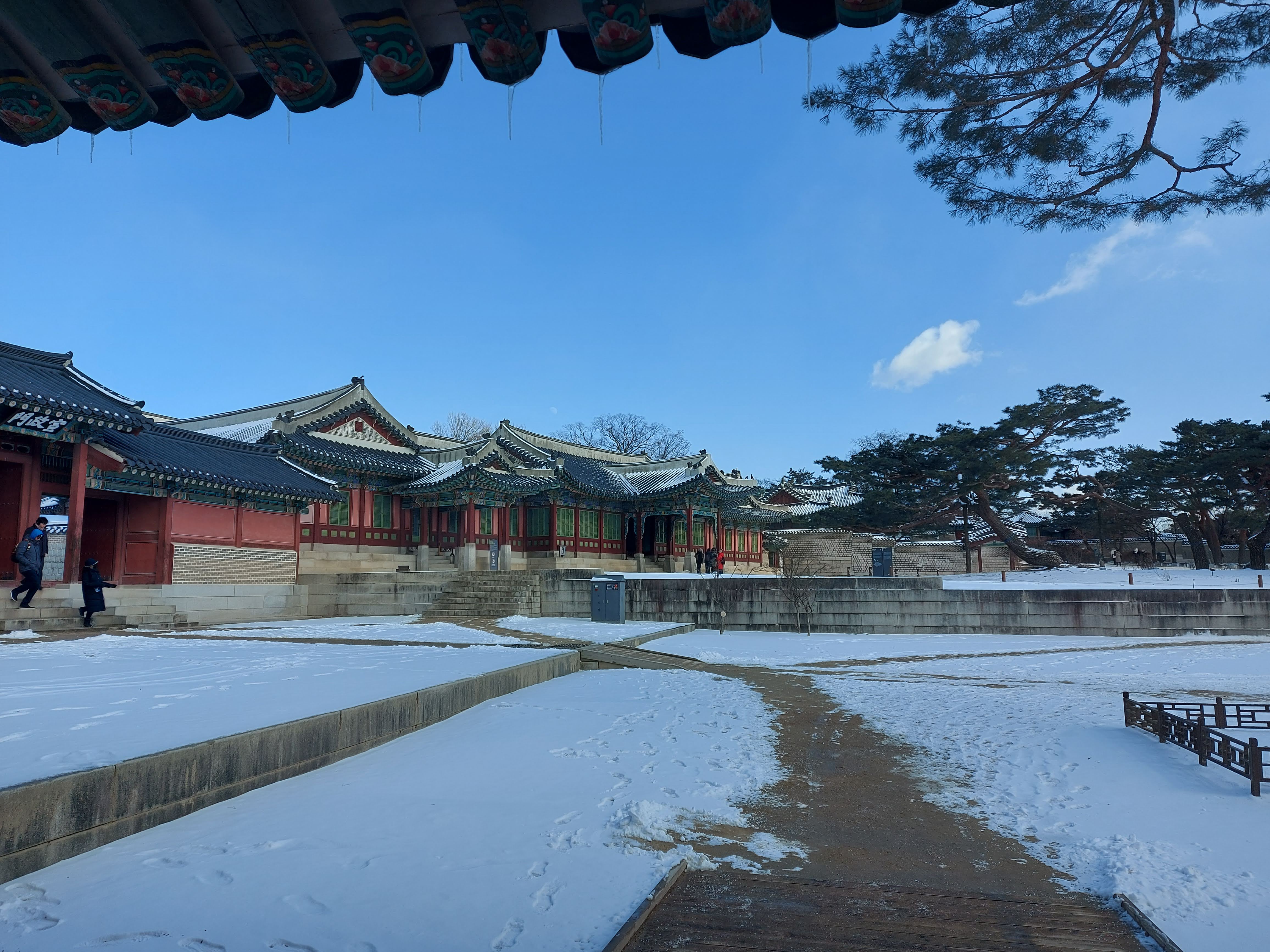
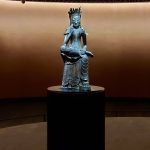 이번 달 날씨는 매우 추워졌어요. 한국의 많은 지역에 기상 경고가 발령되었고, 밤새 많은 눈이 내렸어요. 아이들은 눈사람을 만들며 겨울을 즐겼어요. 서울의 겨울은 정말 아름다웠지만, 그만큼 추워서 힘들기도 했어요. 그러나 그 추위 속에서 친구들이랑 따뜻한 음료를 마시며 이야기를 나누는 시간이 정말 소중했어요.
이번 달 날씨는 매우 추워졌어요. 한국의 많은 지역에 기상 경고가 발령되었고, 밤새 많은 눈이 내렸어요. 아이들은 눈사람을 만들며 겨울을 즐겼어요. 서울의 겨울은 정말 아름다웠지만, 그만큼 추워서 힘들기도 했어요. 그러나 그 추위 속에서 친구들이랑 따뜻한 음료를 마시며 이야기를 나누는 시간이 정말 소중했어요.
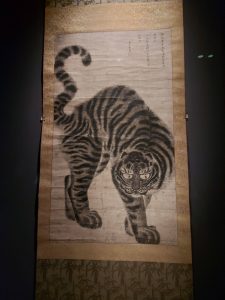

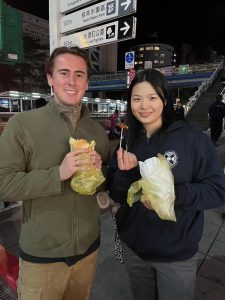
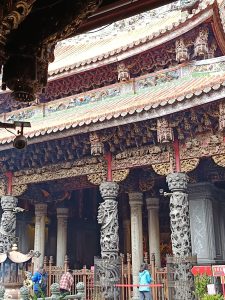
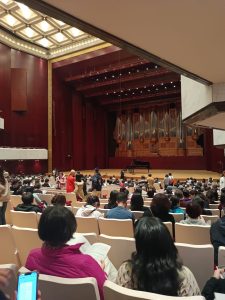
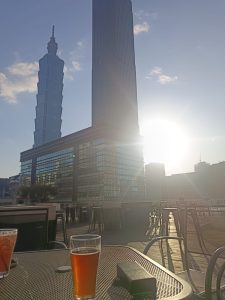
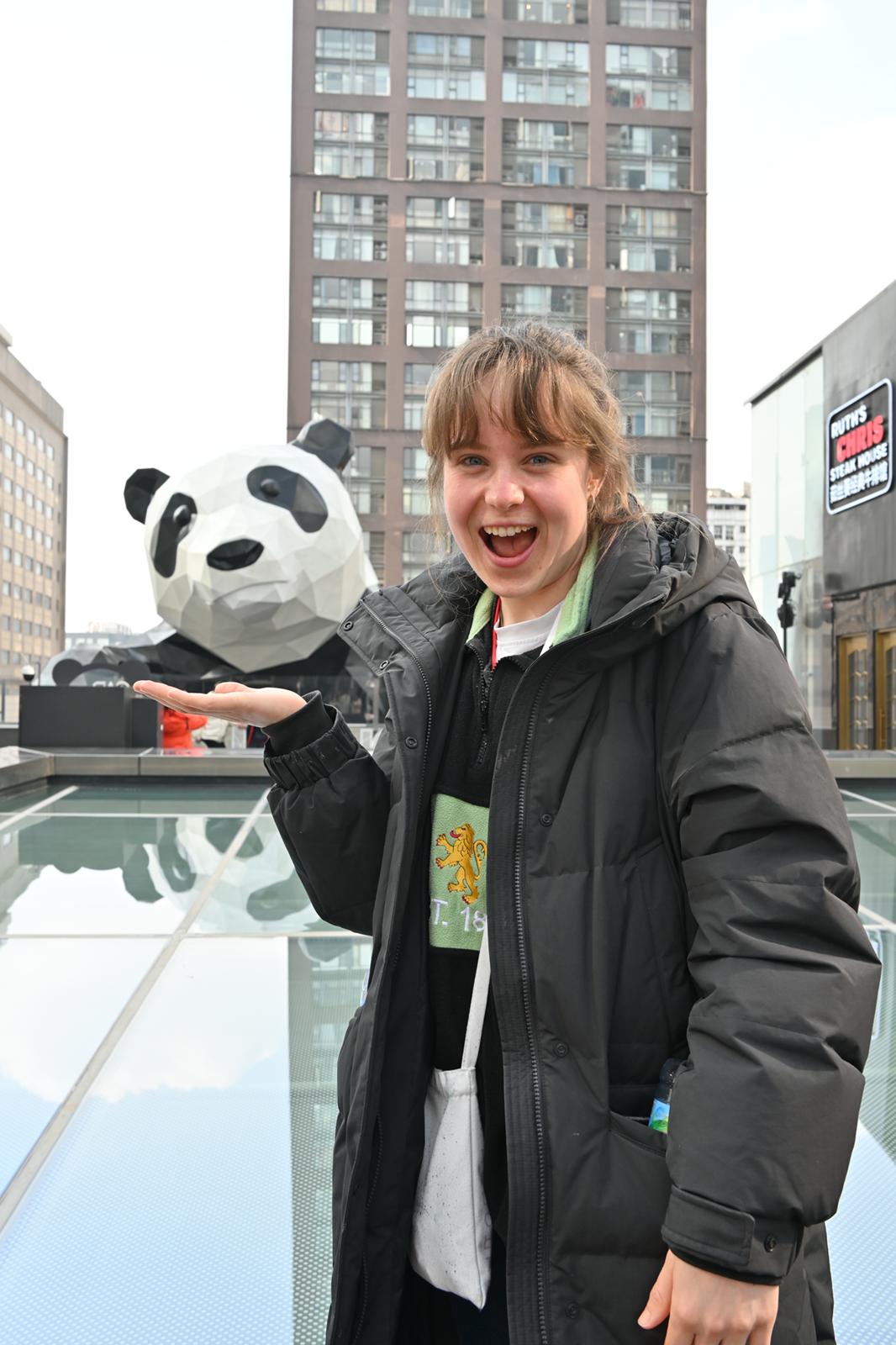
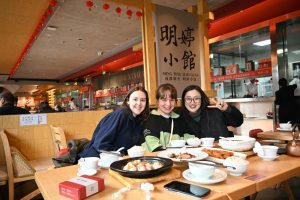
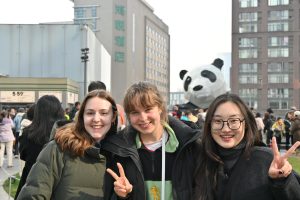
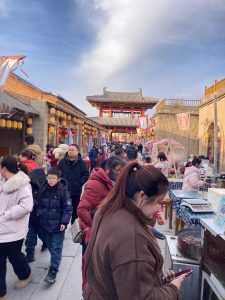
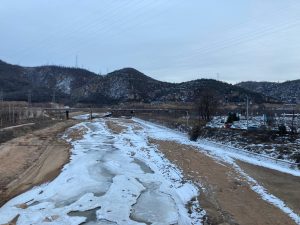
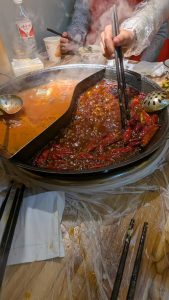
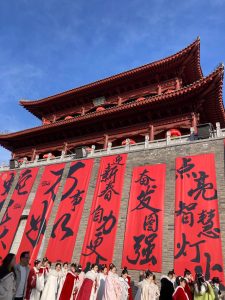
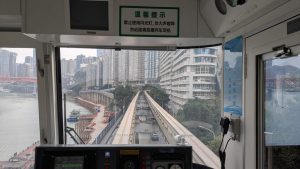
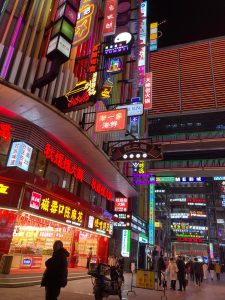 ]
]